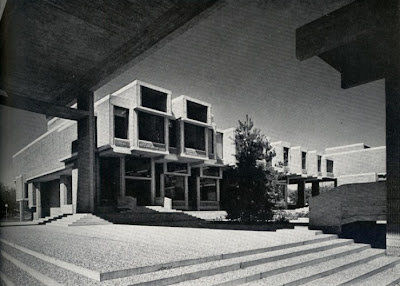 Written at the Ellison House in early March 1783, the two letters that came to be known as the Newburgh Addresses stirred passions within the Army. The author called for the officers of the Continental Army to threaten a march on Philadelphia and use military force to compel Congress to redress their longstanding grievances. Had the conspirators been able to make good on this threat the United States, considered the beacon of freedom and democracy for the world, might have developed quite differently.
Written at the Ellison House in early March 1783, the two letters that came to be known as the Newburgh Addresses stirred passions within the Army. The author called for the officers of the Continental Army to threaten a march on Philadelphia and use military force to compel Congress to redress their longstanding grievances. Had the conspirators been able to make good on this threat the United States, considered the beacon of freedom and democracy for the world, might have developed quite differently.
Whether this threat was real or just an elaborate bluff, the implications of the letter shocked George Washington. Throughout its long troubled history the Continental Army had been kept together by its officers despite dreadful conditions, bitter defeats, and soldier mutinies. If the officer corps turned against the country, who could prevent the military from dictating to its civilian masters?
Washington countered the first letter by expressing his “disapprobation of such disorderly proceedings” and directed that the officers meet in the Temple Building on March 15th to hear the latest report of the Committee of the Army to Congress. In the second letter dated March 12th, the author argued that Washington by not banning further meetings actually supported their tough rhetoric. They could not have been more wrong.
Unexpectedly and certainly not welcomed by the conspirators, General Washington appeared at the meeting and he addressed the esteemed gathering. The Commander-in-Chief poured out his heart to the officers but so deep was their resentment that most of them were still unmoved. In a fit of desperation he reached into his coat pocket and pulled out a letter from Congressman Joseph Jones, one of the Army’s staunchest supporters. He struggled to read it to them because his eyesight was failing. His speech, in his own hand, was in large letters but the Jones letter was written in smaller script making it very difficult to read. He finally set the letter down and pulled from a pocket his new spectacles. Just a few at headquarters had ever seen him wearing them. This was his first use of them in public. Washington put on his spectacles and in a self-effacing manner said:
“Gentlemen, you will permit me to put on my spectacles, for I have not only grown gray but almost blind in the service of my country.”
Gone for that poignant moment was the iconic great captain on horseback and in his place was revealed a fellow sufferer, aged beyond his years. This humble admission of human frailty unleashed a tidal wave of emotion. Some openly wept. Others felt the burn as the feelings of shame increased the flow of blood to their faces. Overcome by this compassionate response, Washington quickly gathered his papers and left as unceremoniously as he arrived.
Experience a dramatic reading of the events culminating with the conspiracy to force Congress to redress longstanding army grievances this Sunday March 11, 2012 at 2 PM at Knox’s Headquarters State Historic Site. Call (845) 561-1765 ext. 22 for more information or to make reservations.
Photo: The 1754 John Ellison house, Knox’s Headquarters, viewed from the 18th century bridge over Silver Stream (provided).








